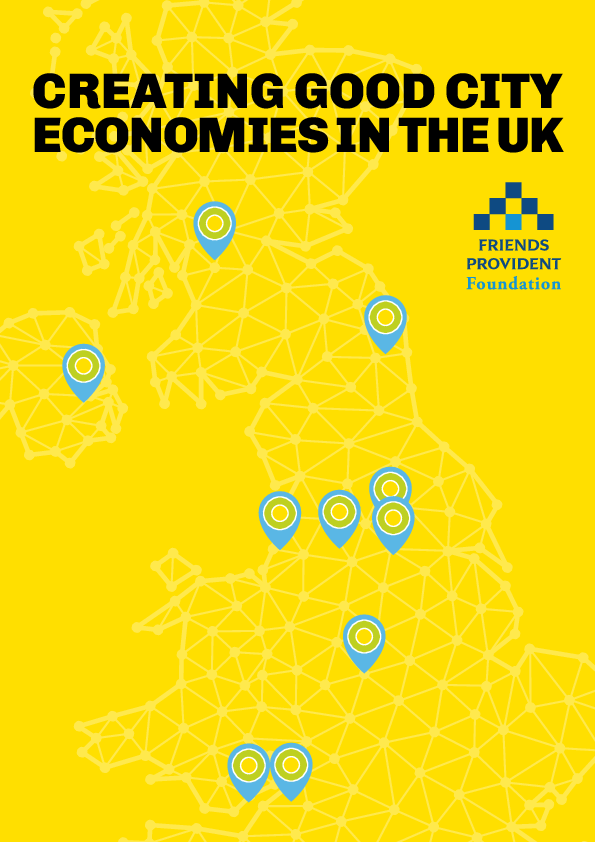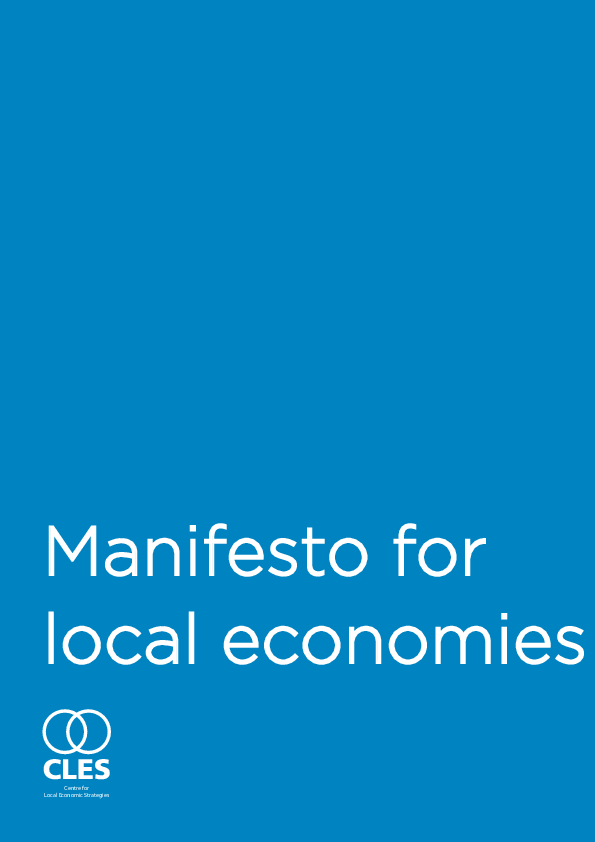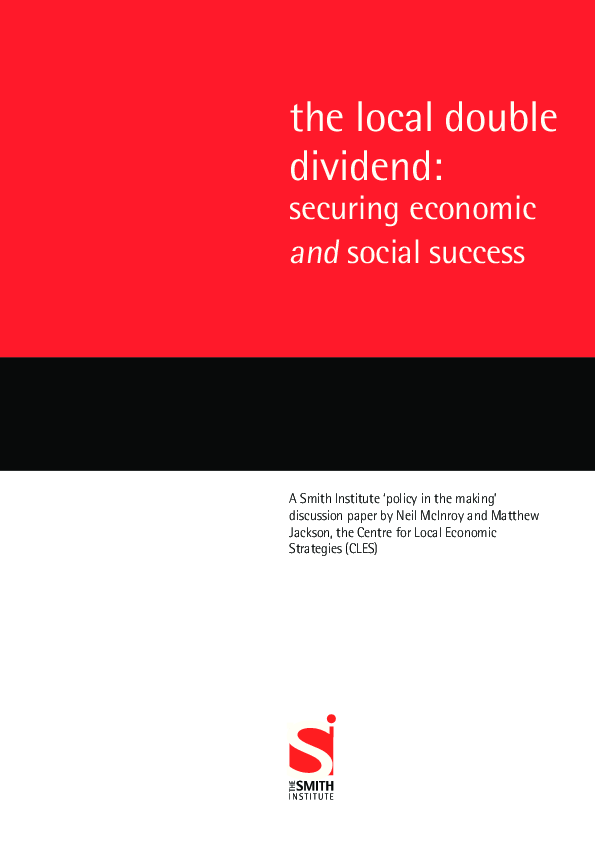Inclusive growth: Making an economy work for a few more?
The report from the RSA inclusive Growth Commission has now been launched – ‘Making our economy work for everyone’. Chaired by Stephanie Flanders, of JP Morgan Asset Management, this work sought to identify practical ways to make local economies across the UK more economically inclusive and prosperous. However, it is arguable that the ideas are limited in terms of wider social justice and economic resilience. Instead of making an economy work for everyone, it’s more likely that it will merely make our economy work for just a few more.
For many years, economic development has been a thin gruel for social inclusion; based overly on economic growth (sometimes at all costs), trickle down and spatial agglomeration. So, it is heartening that the commission seems to have partly picked up on the ideas of CLES and others (you can read our RSA submission here). This includes the understanding (if not a truism) that investment in social institutions and people is as important as investment in economic infrastructure; or, how the spheres of the economic and the social are not separate, but linked. They also highlight the excellent practical work CLES are engaged in: Community Wealth Building and Anchor Institutions.















